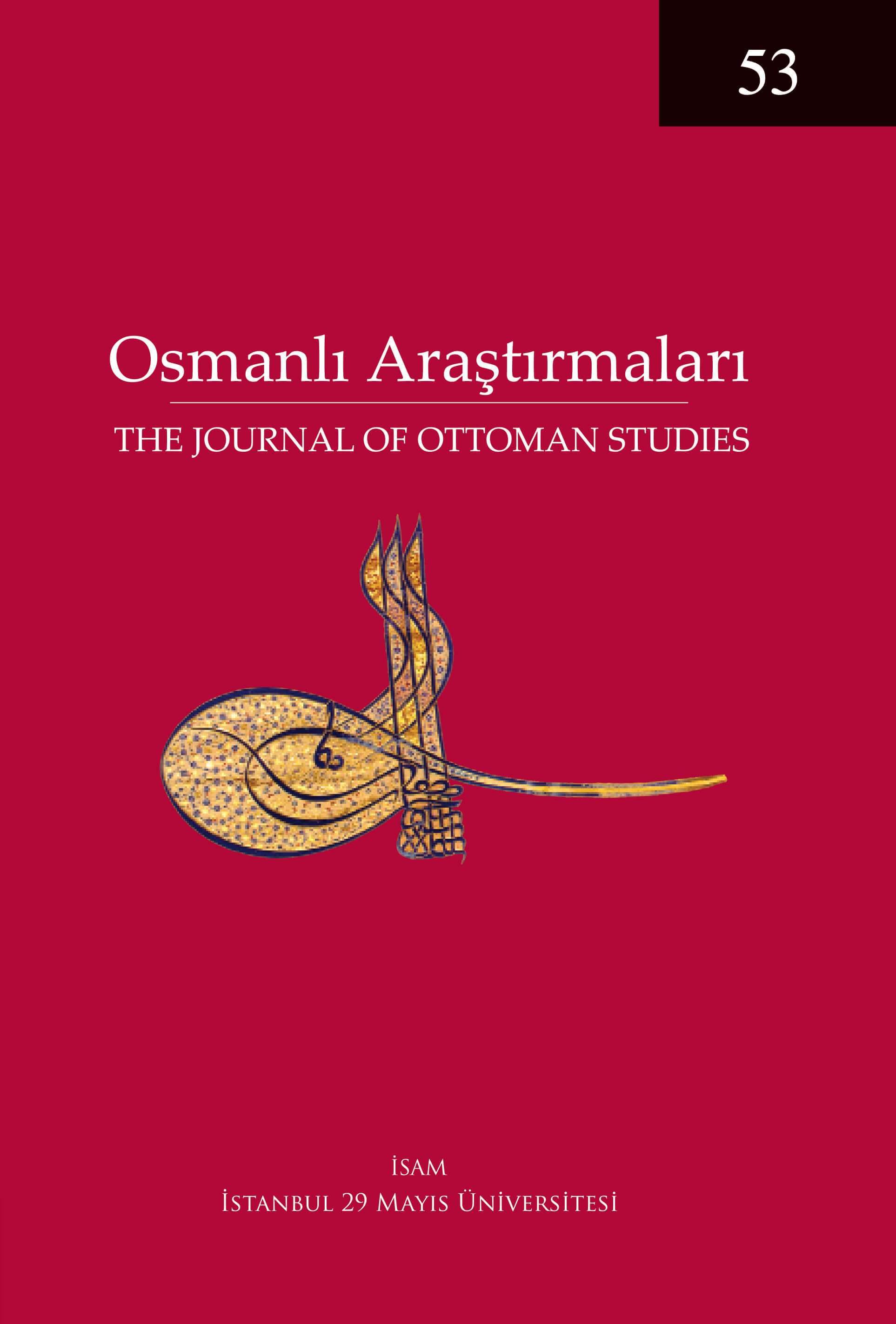Rapid-Fire Artillery in the Ottoman Empire II (1773-1807): Tactics, Drill, Battlefield Effectiveness and the New Order
Keywords:
Rapid-Fire Artillery, Ottoman Wars, Baron de TottAbstract
In the Eighteenth Century, fundamental changes in the casting technology influenced the battlefield tactics. Seven Years Wars marked the end of the artillery tactics based on static defense and siege warfare. The Ottoman Army became acquainted with these tactics in Russo-Ottoman War (1768-1774). The humiliating defeat in Kagul caused the Ottoman Army to overhaul its artillery corps and establish rapid-fire artillery. Even though the rapid-fire artillery gunners deserted from the battlefield in their very first battle, the Ottoman government did not abandon the idea of creating an artillery corps which supported cavalry and infantry. To compete with the Russian and Habsburg armies, Ottomans continued to drill the rapid-fire artillery corps and manufacture ammunition for the new type cannons. However, in the Russo-Habsburg-Ottoman war (1787-1792), the performance of rapid-fire artillery corps was, once more, critically inadequate. Needless to say, the problems in manufacturing, transportation, provision and funding were important in this result but these were not indigenous for the Ottoman Army. The re-organization of the artillery corps in general and the integration of rapid-artillery gunners in this new organization was the result of these battlefield lessons. During the reign of Selim III, not only was the organization of the artillery changed, but the casting technology and standards of the cannons were re-arranged in line with the French standards.




